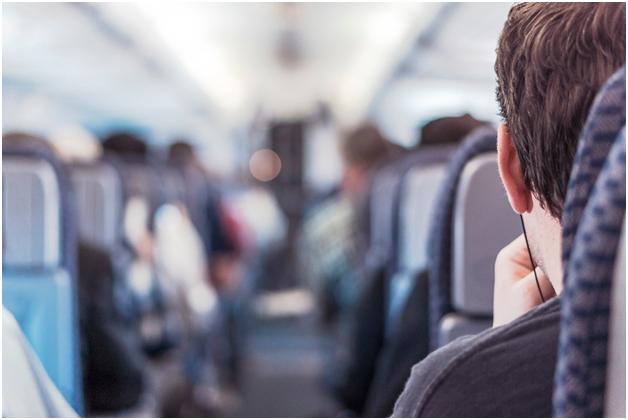
Flying in the wind can be tricky or it can be a breeze depending on who is flying. Regardless of chosen drone, any flier can learn tactics that help navigate through heavier gusts. Here’s how to wrap your head around trickier conditions and make flying in the wind a breeze.
Wind Minus Moisture
Moisture and electronics don’t mix. Therefore, do not fly in the rain, sleet, or heavy snow. Sure, you could get away with taking quick shots during a beautiful snow storm, but is it worth damaging your battery pack or worse? Separate a windy day from one involving both wind and moisture. Most drones and experienced fliers can handle heavy winds but you want to avoid moist conditions at all costs.
Batteries Need Backup
The wind takes a toll on a drone’s ability to stabilize and requires more battery power. Being prepared for winds means bringing along extra batteries. Otherwise, you’ll have limited time in the skies. Take notice of reported winds speeds. Anything stronger than 20 mph is going to be too intense for most models and fliers.
Burned by the Wind
Stay tuned to weather reports, for heavy winds and colder temperatures spells disaster for internal parts and exterior blades. Cold days mixed with heavy winds can create frost on the blades and take a toll on internal parts and electrical components. Read about remote control drones and other ways to fly in the wind.
Reduced Speeds
More speed requires added battery power. Don’t burn your battery by flying into heavy winds. Take notice of wind directions and reduce your speed when flying into heavier winds. Conversely, use weather conditions to your advantage as you save battery life by using the power of the wind behind you.
First-Person View
Some drones provide a first-person view and stream video footage to a pilot’s smartphone. Understand that colder weather can drain the power of your phone too, so bring a charger or else be stuck with limited options.
Air Pressure Matters
The quality of air has an influence on how a drone reacts. For example, higher altitudes offer lower air pressure thus making a drone react differently. Such conditions require stability and drain more power. A battery pack will have a different life in Boulder, Colorado versus Philadelphia, Pennsylvania for example.
Find Cover
Find locations with high buildings and other structures that block or slow down the wind. On the other hand, city buildings create wind tunnels, so be wary when navigating between buildings and alleyways. Furthermore, an open area among trees may offer cover from high winds or slow the gusts from influencing your drone.
Make it Heavy
Most hobbyists tinker with models, stripping parts or adding new ones. Put parts back, such as propeller guards, that add a bit of weight. That way, the wind has less influence on the drone. Of course, you’ll have to compensate for the added battery power required to operate a heavier drone.


















